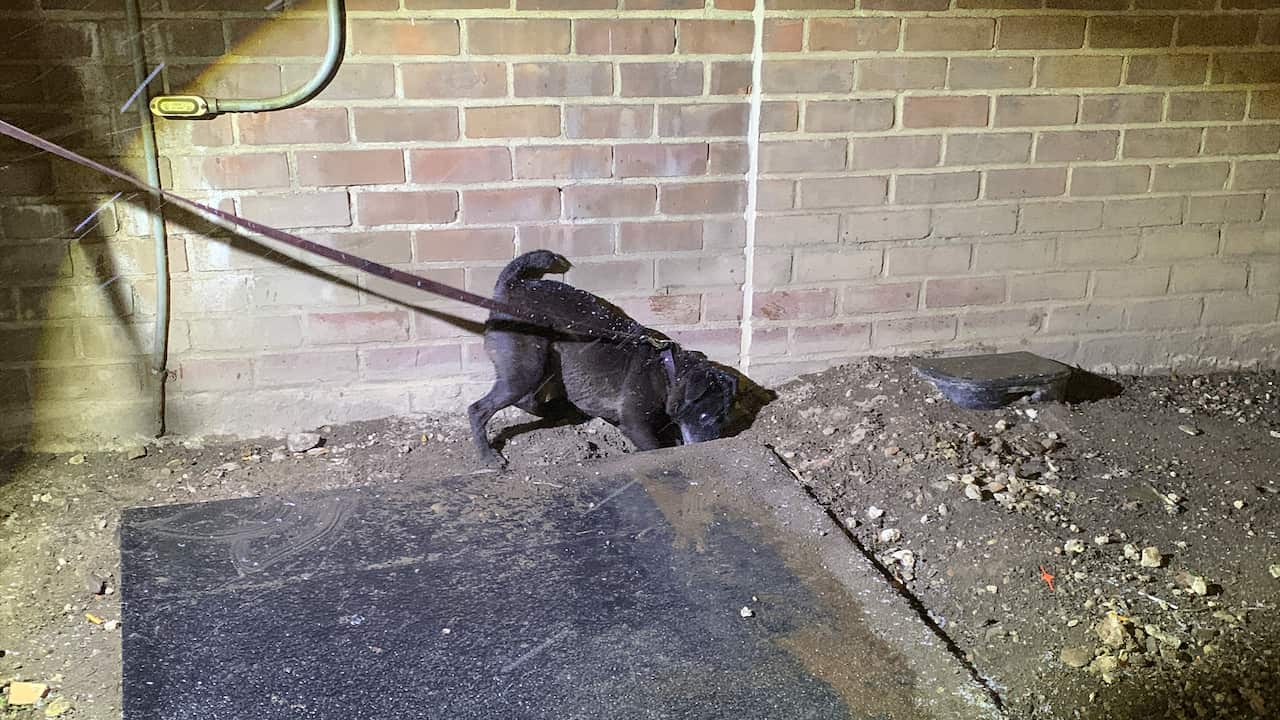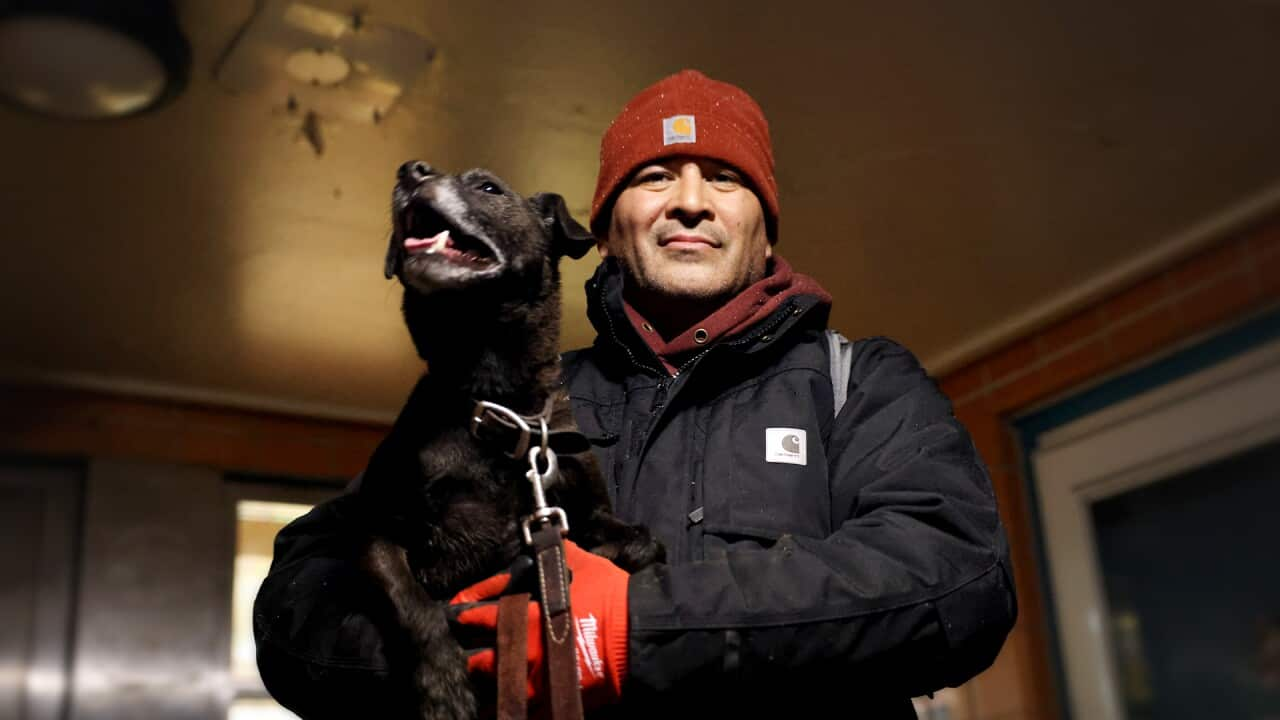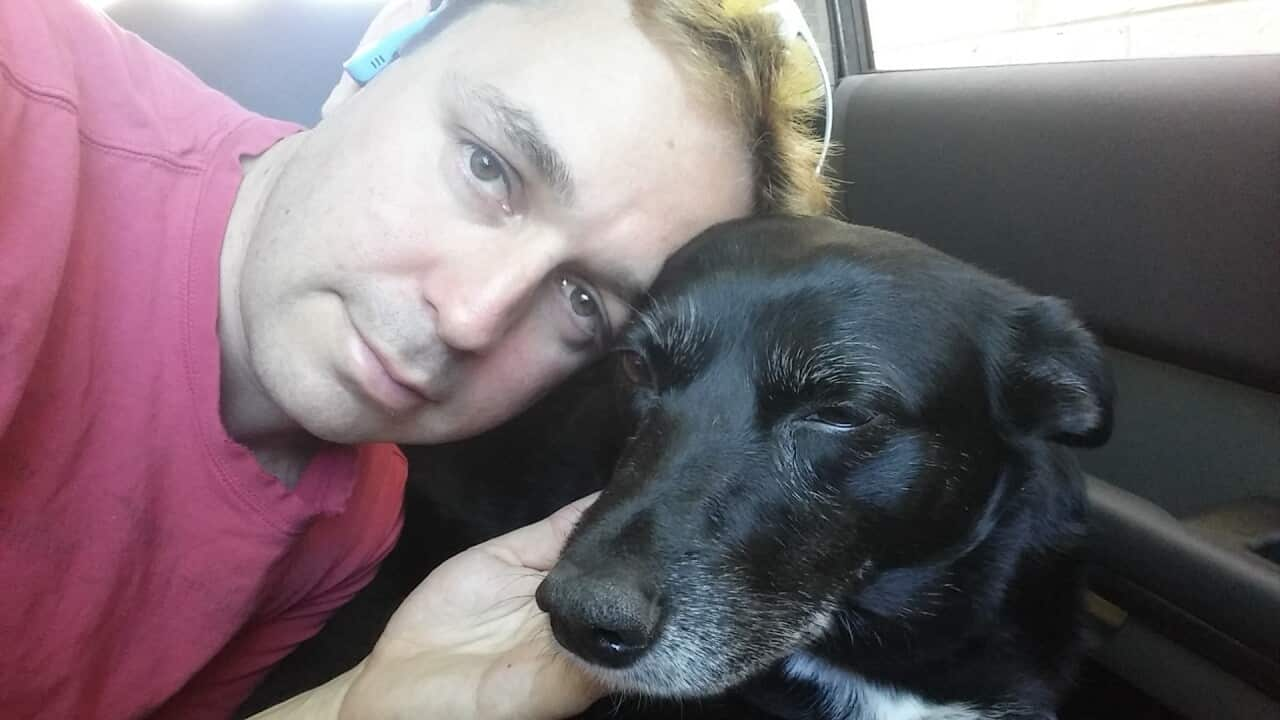Watch Dateline's documentary 'Rat Hunters' at 9.30pm on Tuesday 2 May on SBS or stream via SBS On Demand.
Content warning: This article references harm against animals.
Rat spotting is an essential New York pastime.
New Yorkers document the vermin’s bold existence on social media: a rat, a rat attending a, or or, or.
In the six months I’d been living in New York, I grew accustomed to the city’s whiskered menace. Like noise, concrete and steel, Rattus norvegicus, the Norwegian brown rat, seems part of New York’s DNA.
I, too, started documenting my own rat interactions, sharing videos of a rat walking up the stairs to my friend’s apartment, or eating dinner next to me on a subway platform. The quirkier, more outrageous the behaviour, the better the bragging rights.
But many New Yorkers are fed up. And some have taken matters into their own hands.
Meet an eclectic group of terrier-obsessed dog lovers called The Ryders Alley Trencher-Fed Society, also known as RATS. At 10pm on a Friday, or simply whenever they can, the group comes together to hunt and kill rats using a centuries-old technique: their dogs.

Dateline correspondent Calliste Weitenberg (centre) with Jason Rivera (left) and Jerry Nano (right) of the Ryders Alley Trencher-Fed Society and their dogs. Credit: Calliste Weitenberg
The group trains the dogs, mostly terriers, using live rats (albeit protected in a cage) to ignite what Richard calls, “the animal instinct”. If the dog, and their owner, pass the test, they’re put to work on the street.
Once there, equipped with a keen sense of smell and lightning speed, it takes less than ten minutes for the dogs to start accumulating kills. In one evening spent trailing the RATS team in Manhattan’s Upper East Side, I witnessed the dogs wipe out 35 rats in less than two hours. They would have caught more, Richard explained, if the temperature hadn’t dropped to -10C.

A terrier of the Ryders Alley Trencher-Fed Society sniffs out a rat while on the streets of New York City. Credit: Calliste Weitenberg
Record sightings
While the true number of rats in New York City is impossible to know, recorded sightings of rats have exploded since the pandemic.
In 2022, New Yorkers called in almost 3.2 million rat sightings to the city’s Rodent Complaint Hotline, just shy of the record number of complaints in the previous year, according to the Associated Press.
Over the years, the city has tried to control its vermin problem with a number of attempted solutions: from birth control rat baits, to rat proof garbage bins, to running free “Rat Academy” workshops to educate New Yorkers about rat control in their homes, to a multi-million dollar “rat action plan” by members of the City Council.
In 2017, the City’s previous Mayor Bill de Blasio declared a US$32 million ($48.5 million) assault on the most problematic rat strongholds with a plan that included a new extermination method of stuffing dry ice into rat holes.
But, still, the rats endured.
Leaving even a few rats behind can mean disaster. Their accelerated reproductive cycle means that over the course of one year, just two rats can balloon to a staggering 15,000.
The root cause of the rat problem
Even though Reynolds and his dogs have the support of the local community, there are some who oppose not just his efforts, but the City’s broader war on rats.
“To say that we have a rat problem is incorrect. We have a human behaviour problem,” says Ashley Byrne, spokesperson for the animal rights group PETA, or People for the Ethical Treatment of Animals.
“The city is covered in garbage. There are public trash cans that are overflowing so killing rats is not the solution. Until we deal with the issues that are attracting the rats, they're just going to keep on coming.”
Reynolds agrees.
According to him, the root cause of New York City’s rat problem is the endless amount of rubbish the city produces - about 50,000 tons of residential and commercial waste every day, much of it food waste.

Richard Reynolds, leader of the Ryders Alley Trencher-Fed Society that huts rats with specially trained dogs on the streets of New York City. Credit: Calliste Weitenberg
“All you have to do is take the food away. Simple. You don't need poisoning. You don't need dogs, you don't need anything just take the food away. It's pretty easy,” he says.
But in a city as big as New York, that’s not such an easy fix. Implementing solutions to the rat city’s problem goes to the heart of the metropolis’s Kafkaesque bureaucracy.
“Once you say, clean up your house, you set all of the city politics in action,” says Reynolds.
“You set all people's prejudices in action. Who gets the money? How does it spread? How do you go about doing it? It becomes a political football, and the rats just keep on going the way they've been going for 400 years.”
In a perfect example of the city’s administrative dysfunction, more than 1,500 illegal dumping sites, perfect breeding sites for rats, were identified across the city by the Department of Sanitation. The solution was easy: clean them up.
But for years it couldn’t, as the sites, depending on their location, fell under a myriad of different departmental jurisdictions: a roadside dump site could be the responsibility of the New York State Department of Transportation, or the New York State Thruway Authority, or the NYC Department of Parks and Recreation. The list goes on.
Fixing this dysfunction has been just one area of focus in Mayor Eric Adam’s latest war on rats, with the Department of Sanitation finally granted access to clean the sites late last year. Since then, nearly 1,700 sites have been cleaned at least three times — work that will continue into the future.
Unbalanced forces
For now, the responsibility to fix the City’s rat problem falls on the shoulders of the newly appointed rat czar, Kathleen Corradi. It’s now her job to unite the City’s disparate rat initiatives and departments: from the Department of Health to the Department of Sanitation she’ll need to cut through red tape.
But for everyday New Yorkers, the feeling is that change isn’t likely to come from the top.
In the meantime, the vermin hunting volunteers and dogs of the Ryders Alley Trencher-Fed Society provide something in short supply when it comes to the City’s war on rats: optimism.

The final tally: rats killed in a single night by the Ryders Alley Trencher-Fed Society. Credit: Calliste Weitenberg
Even if Reynolds knows it’s a numbers game they’re ultimately destined to lose.
“Are we going to solve New York City's rat problem? Not a chance,” he says. “If I take 30 rats out, if I take a hundred rats out, if I take 150 rats out, it’s not going to make the slightest difference in the world.”
This story has been updated.












